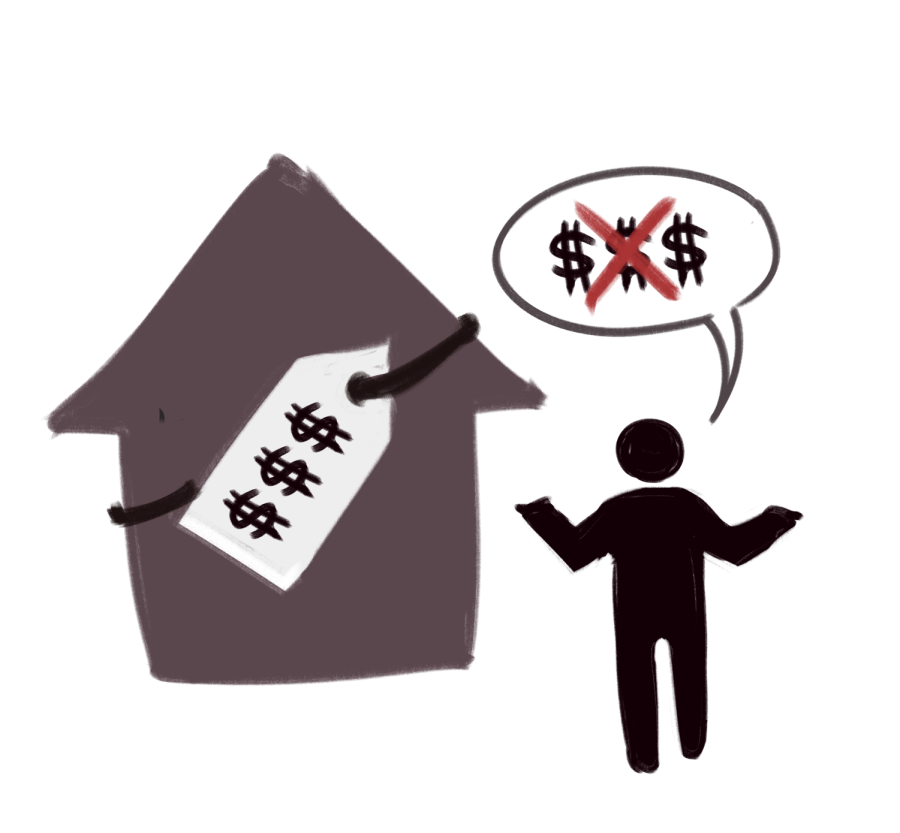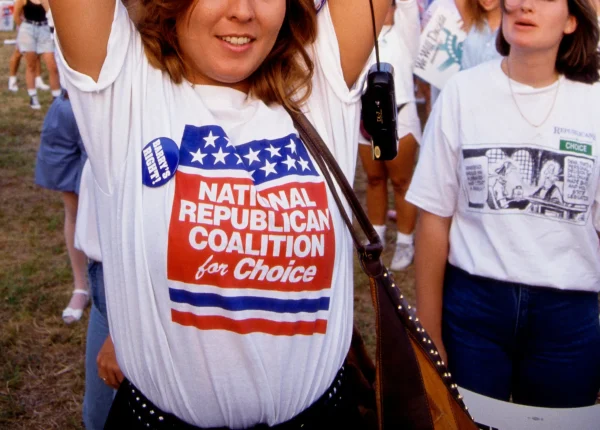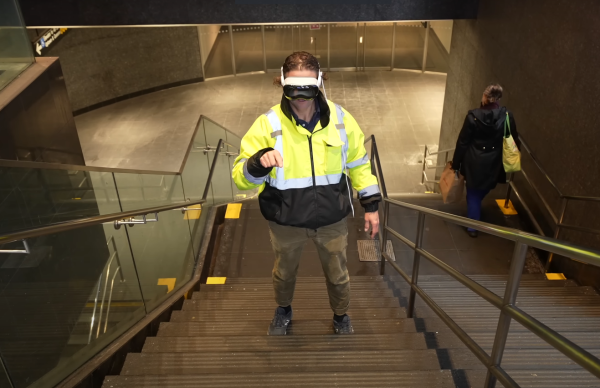America’s Housing Shortage
It is no secret that housing prices in the US have gone up. At the end of 2013, the average new home cost $334,400. At the end of 2022, that cost shot up to $535,800. Many factors influence this jump, ranging from zoning restrictions to opposition from people who just do not want anything built to the culture of a house with big lawns. Whatever the specific reason is, they are almost always connected to each other.
To start, there is simply not enough supply of housing units in the country. According to the US Census, vacancy rates are at historic lows. Vacancy rate is the proportion of housing units, rental or owned, that are currently occupied. At the end of 2022, the vacancy rate for rental units was at 5.8%. The last time vacancies were this low was the late 1970s. A low vacancy rate is not healthy for anyone because it forces people to spend a larger proportion of their budget on housing. In turn, they spend less on other necessities, or worse, will have to pick and choose what bills get paid and which do not.
There are often cited statistics that say there are more homes than homeless people in the country, which is technically true. But that argument falls apart pretty quickly once questions start being asked. Where exactly are those homes? Are they in the middle of nowhere, falling apart and not meeting code? Are there any good jobs nearby? What about people’s support systems?
Recently, the fight over housing has splashed onto the front pages. New York Gov. Kathy Hochul is proposing a law that would force towns and cities to build more housing with Colorado Gov. Jared Polis proposing a similar measure. California is cracking down on cities that block housing, and Oregon has recently abolished single-family zoning statewide. These are the states that have enacted or proposed reforms to bring down housing costs and that is without mentioning the cities that go down their own path. You would think that people would support this right, but they do not.
Oftentimes, people who oppose denser housing will claim several reasons as to why it should not be built in this particular spot. They agree it should be built, but just somewhere else. They have been nicknamed NIMBYs, Not In My Backyard, for short. They say they have concerns about traffic, noise, crime, neighborhood character changing too quickly or their property values going down. They are certainly valid reasons if you wanted to preserve your city in amber and pretend that change does not exist. Of course that comes at a price. Unaffordable housing for anyone who was not lucky enough to buy a house at a certain time and unsafe conditions that are the perfect storm for a catastrophic fire. A consequence of NIMBY cities around the country is that young adults can no longer stay in the cities they grew up in. St. Louis does not have this problem on a large scale…yet. It is no secret that the city has thousands of unused and abandoned lots that would be perfect for a house, apartment, duplex anything. It is not improbable that sometime in the next 20 years, many of those lots will be used. However, with the onset of new construction, like that happening on the new National Geospatial Intelligence Agency campus in North City, comes the valid concerns of gentrification.
Gentrification is the process of longtime residents being displaced and/or outpriced out of their homes by newcomers, who often then attract new business and development. The area around SLU is an obvious example of gentrification, with the opening of the City Foundry, and the construction of Target and TopGolf. Rising property values are generally a good thing, but that is only if the owner is able to pay the property taxes on it. Oftentimes, the people who get priced out of their own homes are no longer able to do so because they have lower incomes or are on fixed incomes. To accommodate newcomers, new apartments and developments are also built. Stopping these developments would stop newcomers from gentrifying neighborhoods would make sense, but that is not what happens. If anything, stopping new housing developments speeds up gentrification. Newcomers are often young, wealthy and generally do not have kids. That allows them to have extra disposable income they can use on a nicer place to live or a larger budget towards buying and fixing a house. America’s most common language is not English, it is money. Those with extra disposable income will displace residents with lower incomes, especially if no housing developments are built to accommodate new residents. Look to big cities all across the country where new developments are killed in the name of stopping gentrification. The worst offender of them all is San Francisco. Projects are regularly derailed from bogus environmental impact claims, fraudulent claims of how an apartment building will raise prices in the surrounding area instead of lowering them, how it will add to the traffic, how the neighborhood character will drastically change and, of course, more crime. A meta-analysis of papers conducted by UCLA’s Lewis Center for Regional Policy Studies broadly concluded that new housing developments across the country lowered the rents of nearby buildings.
The US has not been building enough housing for at least a decade. In fact, it has not recovered from the 2008 financial crisis. It is not even half of what it used to be prior to the Great Recession. If local governments truly cared about how much their residents paid for housing they would take new approaches to solve the problem. One fairly easy solution is to change laws to allow for denser, taller buildings. Ideally, amenities would be close enough together to the point where a car would not be needed. This again feeds into the problem of gentrification. The meta-analysis conducted by UCLA states that new developments speed up gentrification and demographic change in a poor urban area. Because of this, new developments should focus on high-income areas where the risk of displacement is low. The wealthy will complain about how much their life will change and get worse. They will moan and groan about how they made it to their part of the city by working hard and not spending their money on avocado toasts and Starbucks, how everyone else needs to do the same. Ultimately, they will resort to complaining about how the neighborhood character will change. Change is good because it allows for new people and families that will add a new vibrancy to the neighborhood. But it’s not the only benefit that comes from change.
Changing neighborhood characters is needed if we want to do anything about climate change. Instead of building into wetlands and forests with a typical American suburb, we should be building a variety of buildings in already established neighborhoods. Not only will it give people a choice of what they will be living in, but it will also help create a sense of community. In the suburbs, everyone drives around in their cars, rarely interacting with other people face-to-face. In places that are built like a college campus, it is much easier to randomly run into someone that you know. Housing is a complex issue that connects every aspect of life, but our current system of housing creation is not working. Of course, developments should not be constructed and proposed in a haphazard manner, but they should not be outright derailed either simply because you do not like how it looks either.
Your donation will support the student journalists of Saint Louis University. Your contribution will help us cover our annual website hosting costs.










